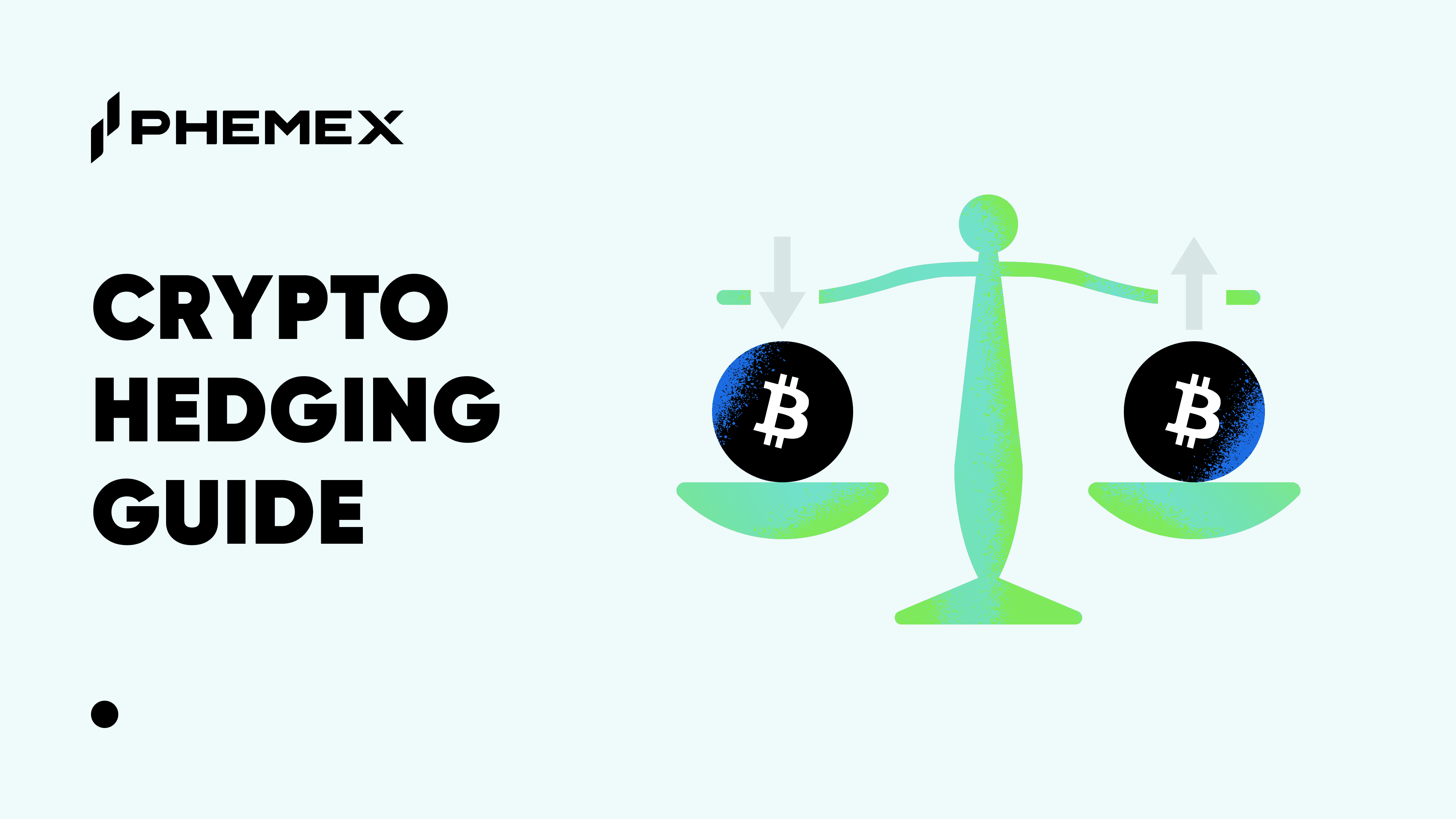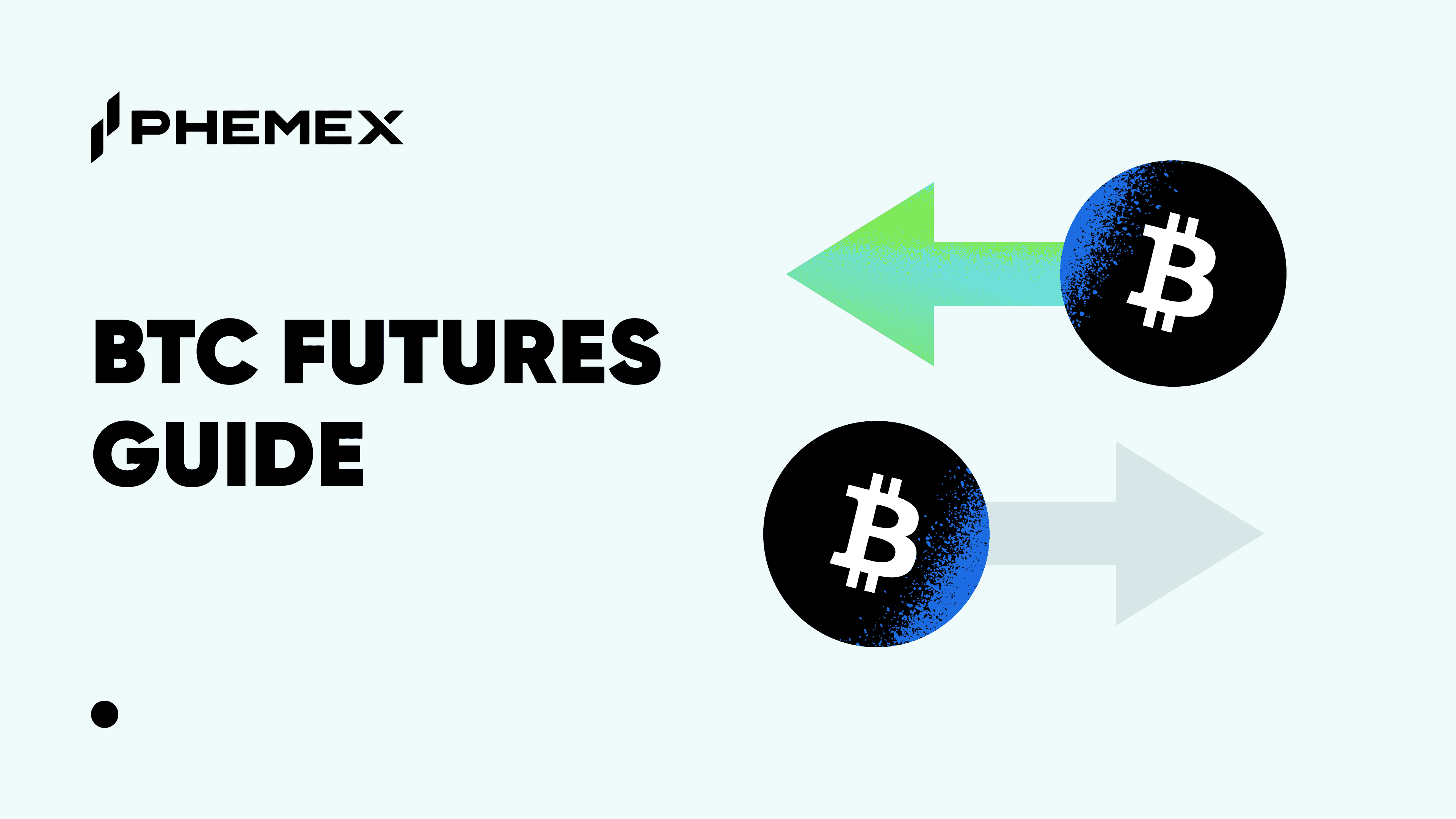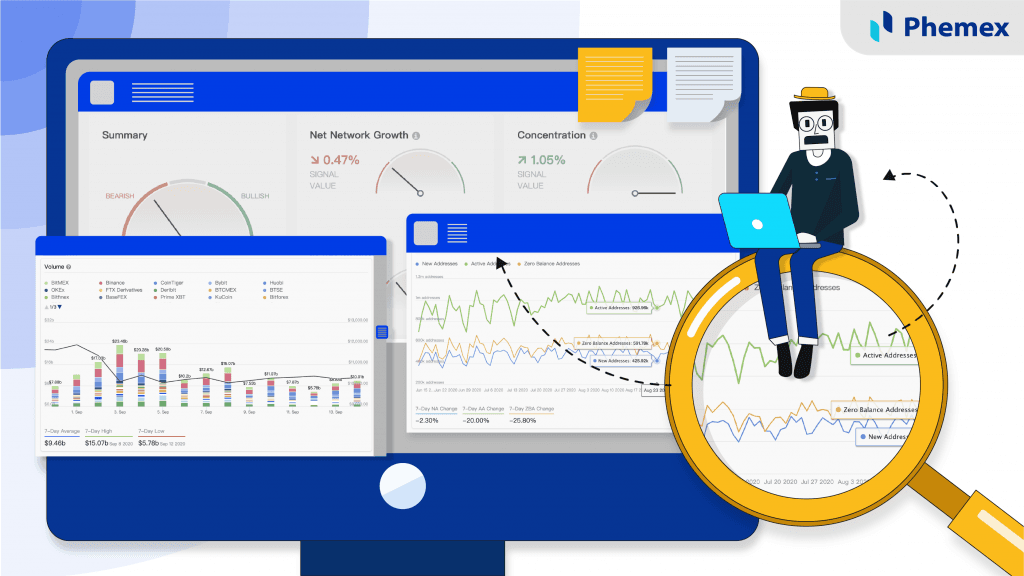Cryptocurrency derivatives trading adds flavor to the highly volatile cryptocurrency markets. Traditionally, cryptocurrency traders used to physically sell and buy crypto coins from one crypto wallet to another. Back in 2017, exchanges were mainly involved in changing fiat currencies into cryptocurrencies. They also facilitated the selling and buying of cryptocurrencies between the cryptocurrency holder. During that time, to sell or buy cryptocurrencies, one had to have a crypto wallet compatible with every cryptocurrency.

However, the volatility of cryptocurrencies makes it too risky to physically hold cryptocurrencies for trading. For instance, let us imagine a trader bought Bitcoin in December 2017 when its prices were well over $19000. Then early 2018, the prices start plunging and with no time the prices get below $10000. By today, the trader would have lost quite a fortune.
For that reason, traders had to find better ways of trading cryptocurrencies. One of the inventions was trading the cryptocurrencies alongside other currencies just like forex. Actually, almost all Forex brokers today have listed cryptocurrency pairs on their platforms. But this hasn’t solved the issue with volatility. A Forex trader would need to be very alert. Cryptocurrency prices fluctuate within seconds and the daily ranges are normally very large.
That is where cryptocurrency derivatives come in. They take advantage of the volatility of cryptocurrencies by providing an opportunity to use financial contracts for future market prices.
Advantages Of Trading Cryptocurrency Derivatives
- Cryptocurrency derivatives trading enable traders to make speculative trades. Trading volatile assets like cryptocurrencies with super-fast changing market prices are extremely risky. However, it also offers better chances for greater profits. Derivatives make it better by allowing traders to take advantage of the bullish and bearish trends by placing speculative trades.
- Cryptocurrency derivatives give crypto traders the chance to use leverage in trading. Leverage enables traders to open larger trades with small investment capital. However, leverage trading is a two-edged sword since in case the trade goes sour, the losses are also large.
- Cryptocurrency derivatives trading also gives crypto traders the ability to hedge their position in other cryptocurrency holdings. Because derivatives are traded with leverage, a part of the profit can be used to purchase another contract. Each of the two contracts act as an insurance to the other in case either of them goes bad.
How Does One Trade Cryptocurrency Derivatives?
1 Register with a crypto exchange that offers cryptocurrency derivatives trading
To start trading cryptocurrency derivatives, you will have to register with an exchange that offers crypto derivatives. Such exchanges are currently not many since most exchanges in the market today offer leveraged or margin trading.
A good example of a cryptocurrency derivatives trading is Phemex.
The registration and verification process is normally fast and easy to ensure that traders start trading within the shortest time possible.
2 Register for a demo account
Before starting to trade on a new cryptocurrency exchange, it is always very important to ensure that you understand how the platform works. To do so, you should consider opening a demo account where you shall be trading using virtual money.
For cryptocurrency beginners, the demo account gives them the exposure they require to gain the expertise and experience in trading.
The demo account is also important when testing new strategies.
3 Register a live account and fund it
Once a trader is comfortable with the exchange’s trading platform, he/she can then go-ahead to open a live trading account and deposit funds into it.
The trader should, however, do some research about the deposit methods that the exchange allows and the currencies it allows clients to deposit funds in. That way, the trader is able to choose the method and currency that best suits them.
4 Start trading
To start trading, the trader should first choose the leverage that he/she wants to use. Then, the trader should enter the amount they want to commit in a trade, which is then multiplied by the leverage factor.
Then, depending on how the trader anticipates the prices to behave, he/she can decide to place a “Buy” or “Sell” trade. It the trader thinks that the price will increase, then they should place a “Buy”. If they think the prices will decrease, they should place a “Sell”.
Most derivatives trading platforms also have a “contract details” page that displays all the information about the contract at a glance. Also, to manage the trades, the trader can go to the “Positions” panel from where he/she is able to see if the trades are making profits or losses.








